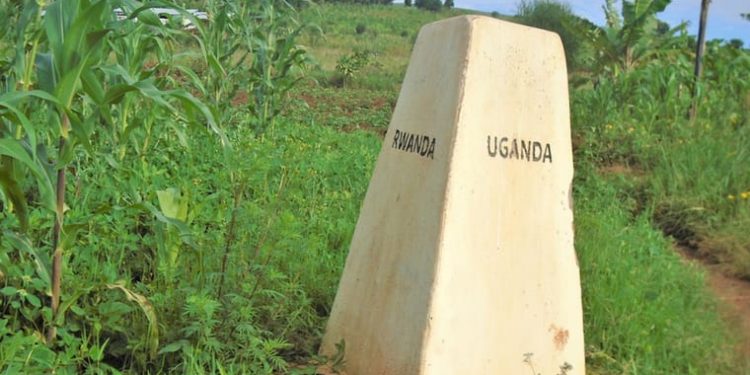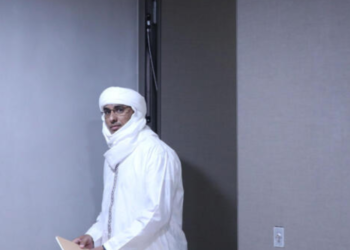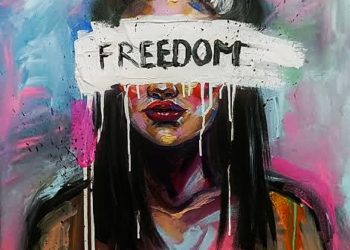By CHANGE OF GUARDS
“You know it very well that in Uganda, in Kisoro, that district has many Ugandans associated with Rwanda. In fact, along the border we have relatives, some living on one side and others living on the other side. It dates back to the colonial period, but I have never heard Uganda disassociate itself or persecute or remove these people from Uganda and send them to Rwanda neither would we say no, you have relatives across, why don’t you find them and go and leave this place. Why does it happen in Eastern DRC? One is that of the Congolese citizens who are persecuted and uprooted from that place and sent out as refugees, killed, imprisoned and so on simply because they are called Tutsi. In other words, these people called Tutsi don’t belong here. They belong to Rwanda. The Congolese government admits that they are Congolese citizens. If they are Congolese, why uproot them and send them somewhere? Why don’t they have their rights as citizens like others? How does Rwanda become responsible for this?”
President Kagame – addressing the press on the eve of the recently concluded general elections.
He was responding to repeated allegations that his army is physically backing the ongoing M23 rebellion in Eastern DRC. His response was an indirect admission that he was duty-bound to provide protection to the Tutsi in Eastern DRC.
The Banyarwanda are comprised of the Tutsi, the Hutu, and the Twa. Though all the said three sub-ethnic groupings exist in DRC, he intriguingly vows to protect only the Tutsi. It’s also prudent to interrogate as to why the said Hutu and Twa in Eastern DRC are not persecuted. For the Banyarwanda in Uganda, he refers to Kisoro district yet the constitution of Uganda identifies the people of Kisoro as Bafumbira who are predominantly Hutu. The same constitution created a new tribe called Banyarwanda who have no defined geographical area but are spread all over the country. From Hon. Kaberuka in Kinkizi, Hon. Kinyamatama in Rakai, Hon. Kagabo in Rwengo, Moses Karangwa in Kayunga to Hon. Diana Mutasingwa in Bwikwe, and many others, the Banyarwanda Tutsi have strategically settled in every corner of the country. That’s why the long columns of tens of thousands of Banyarwanda voters who recently turned up at the Rwanda embassy in Kampala to cast their votes were not from Kisoro district but were a small representative percentage from all corners of the country. His reference to only Kisoro was deliberately meant to shield the said powerful Banyarwanda community in Uganda.
In the same vein, he pretends to forget that just two years ago, he closed the border with Uganda for close to three years citing the persecution of Banyarwanda. Not to mention the brutally forceful return of Banyarwanda to Rwanda by local leaders of the Ankole region in the early 1980s. The so-called Banyarwanda of Kisoro were not affected simply because being predominantly Hutu, they were closely linked to the then Hutu regime in Kigali and the then UPC government in Uganda. That development led to the Banyarwanda Tutsi doubling their enlistment into the then guerrilla NRA of Museveni who in 1986 took over power. Four years later, in 1990, the Banyarwanda Tutsi in the NRA invaded Rwanda and eventually overthrew the Hutu-led government. Two years later, in 1996, they invaded Congo and the rest is history.
Therefore, by making reference to the Banyarwanda in Uganda, he was sending a clear message that should a similar scenario arise in Uganda, he would definitely intervene just the same way he is doing in DRC.
Foretold is forewarned.
INFORMATION IS POWER AND THE PROBLEM OF UGANDA IS MUSEVENISM








Discussion about this post